You probably think that you aren’t a white supremacist. Perfect. However, white supremacy is a defining feature of the world itself.
Frankly, white supremacy rests at profound structural levels everywhere and no matter with which political ideas you align yourself, you’re also an accomplice of this white supremacist order.
Through this review, you’ll realize the actual meaning of this, since some privileges belonging to white people will be revealed here – whether they are aware of it or not – and the questionable methods white people frequently use to interact with black, indigenous, and people with different skin colors. You’ll learn several viable things to be a part of the efforts to defeat racism.
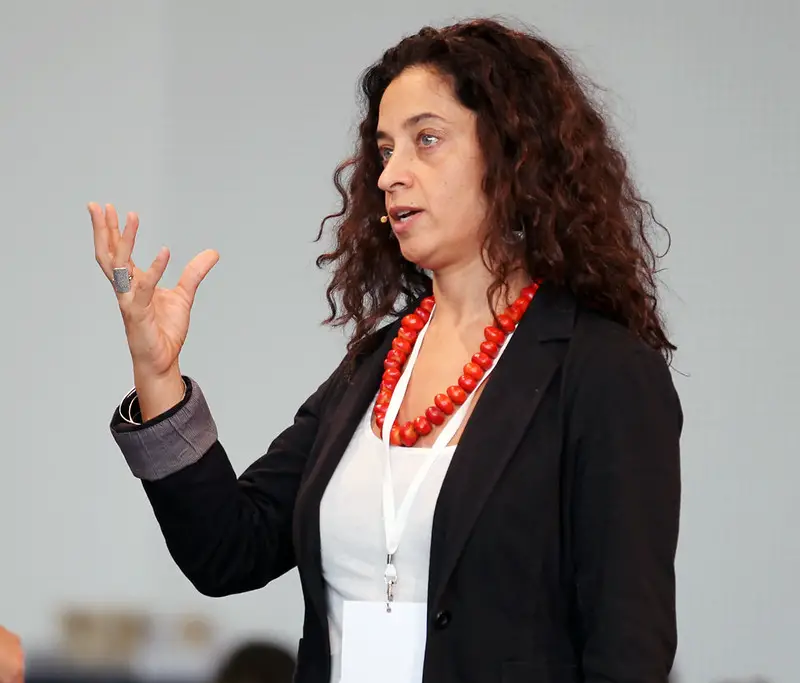
Chapter 1 – Although they are unaware of it, white people and people accepted as white have far greater privileges.
“White supremacy” isn’t limited to right-wing extremism. As the writer, Layla Saad, claims, the ideology covers every white person – no matter how people are politically aligned. It isn’t merely a batch of views: the grounds upon which white-centered culture was built lies in white supremacy.
To make it plain: are you a white person or do you ‘pass’ as one? then, according to white supremacy, you can enjoy white privilege. You don’t have to make any extra effort since you can benefit from a myriad of privileges, which are unreachable for black, indigenous, and people of color (BIPOC).
You can enjoy these privileges for the rest of your life. There is no way of getting rid of them for you– just as there is no way for BIPOC to do away with racism.
What kind of privileges are we discussing? A great many privileges which you most likely aren’t aware of. According to the scholar and activist Peggy McIntosh, white privilege is a free-of-weight rucksack laden with special supplies that cannot be seen with eyes and she listed 50 examples for it.
Let’s examine several of them: White privilege demonstrates itself if the history you study is inclined to be your race’s history or if a shopping mall you go to is full of products pertinent to your cultural identity. It demonstrates itself if you feel at ease knowing that your opportunities for receiving legal or medical support aren’t denied due to your race or if your kids can grow up without the need to inform them to be cautious of racism.

So, Neo-Nazis aren’t the only group with the white supremacist mindsets. White supremacy is actually so common that even children are apparently influenced by it. As an experiment of psychologists Drs. Kenneth and Mamie Clark shows, most Afro-American children asked to select either black or white dolls had an obvious tendency to select the white dolls. CNN had a renewed version of this experiment conducted in 2010 – which included white children as well – and it was found out that the same tendency continues to prevalent, especially among many white children.
Thus, you should not only reconsider the privileges you take for granted but take into account how, after some time, you start conceiving of yourself as better than BIPOC.
Asking you to do such a thing might make you angry or offended. That’s a natural reaction – however, you should make efforts to change this behavior.
Chapter 2 – The belief that it isn’t necessary to try individually to fight racism is faulty.
“Some of my friends are black.” “In fact, I’ve gone out with people of color.” “Every white person isn’t racist!”
White people tend to take such defensive stances when a question regarding white supremacy is directed at them. You may have uttered some of the responses, too. Many such responses eventually return to the idea of not having to make efforts to fight racism since you’re on the side of good ones.
Layla Saad names it white exceptionalism. The word ”exceptionalism” doesn’t signify that you hold belief every white person is exceptional – rather, it means you feel only you are exceptional.
Of course, you might be well-informed on the notions we talk about. However, as aforementioned, white supremacy is beyond you. It involves an entire order, where you are, inescapably, an accomplice. Nice, you supported Obama in the elections. Yet, you continue to remain unconscious of how being anxious about police violence feels.
White exceptionalism usually shifts to white fragility when white people confront questions regarding white supremacy. Not only is this a defensive reaction but it also indicates they are utterly offended. Robin DiAngelo, scholar and writer, coined the term ”white fragility” to refer to the disproportionate reaction of white people when challenged with questions regarding race.
Described in the basic terms, most white people haven’t discussed matters concerning race enough and thus they have a hard time dealing with it, and eventually ludicrously claim themselves to be the sufferer whereas it is quite obviously BIPOC which shoulders the real burden of

White fragility doesn’t only include shouting bitter slogans like “reverse racism.” For example, a BIPOC person can reveal a discriminatory experience, and his white friend might actually not consider it is related to racism. It is also a part of white fragility. If you work to persuade somebody who’s gone through an unpleasant situation that they’re just linking it to race, think about whether you’ve actually looked at the case from their viewpoint, or whether it is your hurt pride inciting you to react so.
Assuming responsibility to combat racism involves solving your white fragility. It involves staying away from white silence and white apathy, as the writer names them. These two words are quite clear: remaining silent when confronted with racism or discrimination, instead of asking somebody to come to help, and even completely evading the problem of racism just because it requires seemingly a lot of efforts.
White supremacy necessitates a great many efforts to break up, it is correct, which is why you should assume responsibility for the role you must play.
Chapter 3 – White attitudes are usually shaped because of toxic stereotypes about black, indigenous, and people of color.
The world’s all-time best tennis player Serena Williams was punished in the 2018 US Open final because of her behavior. One of the offenses she committed was calling the referee a “thief.” Barely a flattering word, but was it really necessary to officially rebuke her? Some stars – among whom there is John McEnroe, a retired player notorious for being foul-mouthed – later verified having uttered more terrible words and went with impunity.
This exemplifies tone policing. White people tend to show disapproval of the tone where BIPOC expresses their opinions – usually, they are admonished for expressing themselves in a frustrated tone. The reverse is possible as well: Flabbergasted white people may praise BIPOC for having a gentle voice. Nevertheless, white people anticipate BIPOC to speak the way they want them to express themselves.
Tone policing is usually observed when BIPOC is telling their callous and inhumane incidents of racism they’ve gone through. Is it possible for you to bring up painful incidents and not to be emotional?
The point is that the prejudice about BIPOC expressing themselves fervently or truculently exemplifies racial stereotyping. Deliberately or not, white people have frequently a tendency to hold funny prejudices regarding various races, which are quite absurd even to utter aloud, such as all of them are broke, unschooled, exotic, or they sell drugs.

Well-known stereotypes such as these, no matter if you think they are correct or not, are embedded in white supremacist culture, apparent everywhere, from our assumptions about how BIPOC should express themselves, to the characters we anticipate them to play in films. Racial stereotyping is another method through which we deprive BIPOC of human qualities by anticipating them to be in line with existing patterns.
In the case where white people find some features of BIPOC culture nice, they usually simply adopt it. This phenomenon is called cultural appropriation, in which a dominant culture adopts something from a nondominant culture for itself. The key point is which is stronger: it’s the dominant culture adopting something from the more nondominant ones.
Therefore, cultural appropriation isn’t a means to fix racial boundaries, the opposite of which was asserted by some. In fact, it’s simply another instance of white culture showing its superiority– either by adopting music styles such as rap or adopting BIPOC fashion concepts into the white mainstream fashion. As in the case of stereotyping, the situation of marginalized people remains the same while white supremacy remains robust.
Chapter 4 – Black people encounter lots of damaging stereotypes.
People with no white skin color face diverse sorts of racism, changing from one group to another. To elucidate, the writer concentrates on the racism Afro-Americans face, which is called anti-Blackness in her terms. Its effects on women, men, and children are visible in varying fashions – and, surely, those with transgender and binary background. Nevertheless, we’ll start by examining one marginalized group: black women.
Viola Davis is perhaps an accomplished actress, however, she cannot escape from facing racism, as she mentioned in an interview at a 2018 Hollywood Reporter occasion. She talked about how the characters she can play as a black woman is limited: “strong black women” or characters that support the white character “feel better,” for example.
Such stereotypes depriving them of human qualities pervades broader society and influence our thoughts. It has effects on healthcare systems, too. A study conducted in the USA and Great Britain has revealed that the death rates for black women while they are pregnant or giving birth are markedly higher, which probably is the reason behind the belief that black women are stronger than white women; yet, they are inferior to them, too.
As for black men, they’re portrayed as brutal, uneducated, and sexually aggressive. White people tend to have ridiculous presumptions like every rich black man has made his money by racing as an athlete or from the entertainment sector – or by selling drugs, sure.
As for black children, as the stereotype asserts, they are usually adorable in the beginning – but then reach adulthood, rather rapidly. As US studies have shown, it is called “adultification”, in which people see them older, and behave as if they are adults. To understand the severeness of its consequence, think about the Tamir Rice case, where a police officer fired his gun at the twelve-year-old boy, playing with his toy gun, and caused him to die. Black girls are also oftentimes seen as not needing much help while reaching adulthood, as a result of which they aren’t taken much into consideration when there is a leadership possibility.
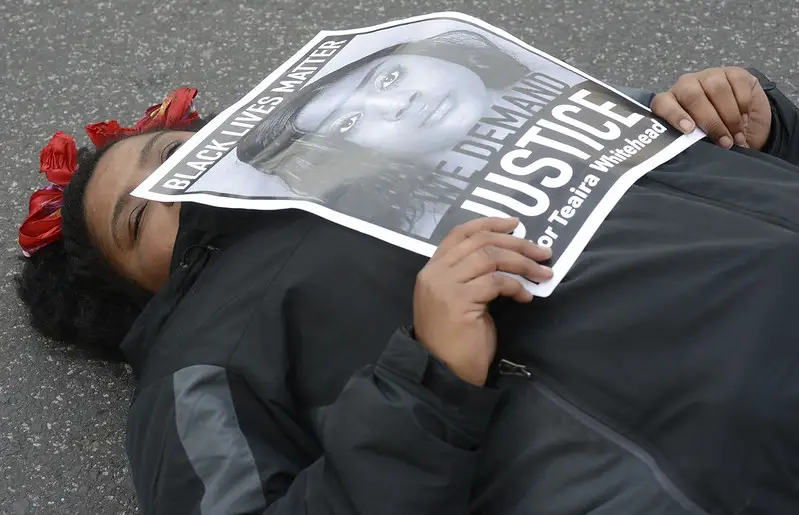
Are you a feminist? If so, you might assume you don’t think of black women and girls with such negativity. However, there are some things where feminism is controversial when it comes to racism. White feminism is a type of feminism that concentrates on hardships related to white women instead of BIPOC, as if it is possible to disregard somebody’s person-of-color identity.
That’s not how it works: a black woman can’t separate her experiences as a woman and of being black. Thus, we should all try to undertake intersectional feminism, which recognizes the various sorts of oppression that people encounter, and how such problems as gender and sexuality have effects on racial matters.
Chapter 5 – Interacting with anti-racism on a surface level, white people understand it terribly wrong.
Some white people enjoy bringing up color blindness, in which you are unable to identify people’s race. The intention isn’t malicious – geared towards showing one isn’t racist – but actually, it might lead to great damages.
Be “color blind” or not, white supremacy continues to wander around and its repercussions have effects on everyone. Described in the basic terms, color blindness might seem commendable but the reality is different. Thus, ultimately, it winds up upholding the white supremacist order.
Some white people, however, think the opposite, which oftentimes is also faulty. Tokenism means taking part in racial matters only superficially. It can appear as an institution dealing with only one person of color and exploit that person excessively for advertisement materials. Tokenism usually replaces genuine engagement with anti-racism – as if the whole company becomes BIPOC-friendly just because there is one such person among them.
Tokenism is also apparent in the movies with BIPOC usually playing trivial and anticipated characters. And we come across it when a white person uses his relationship with a BIPOC to prove not being racist. Just because you have one black friend, you aren’t genuinely devoted to bringing an end to white supremacy.
Another frequent error of white people is to be involved in white saviorism. “Voluntourism” trips to assist developing nations in Africa or Asia, by undertaking projects such as constructing schools is well-known. However, are these projects, undertaken by people who aren’t genuinely experts, truly effective in tackling the fundamental social and financial difficulties these countries encounter? Usually, it is directly about white people feeling themselves good because they are helping others.
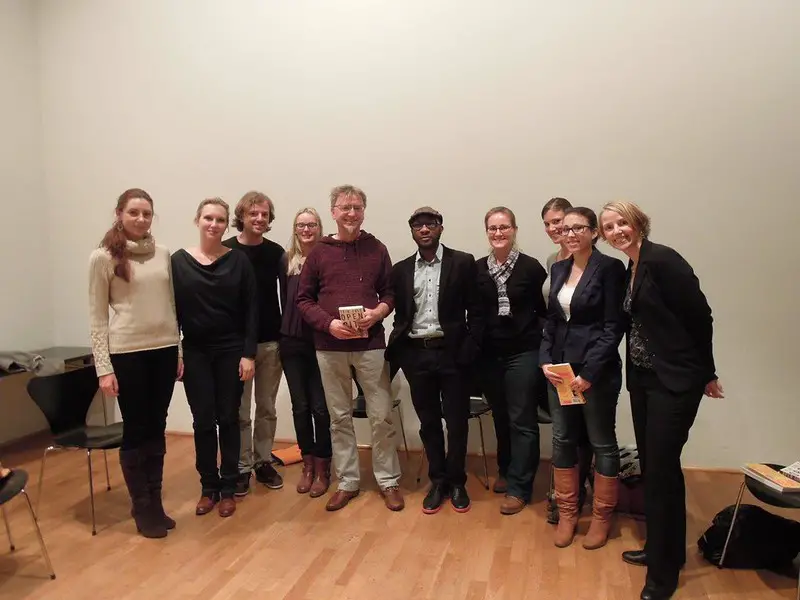
Consider also the stories behind films such as The Last Samurai or The Help. Oftentimes, the scenario is about a white person saving BIPOC – the same as voluntourism. In his Atlantic article “The White-Savior Industrial Complex”, Teju Cole talked about “white fantasies of conquest and heroism.” White saviorism appeases the high self-image of white people and bolsters the view where the white know best.
Color blindness, tokenism, and white saviorism – despite being not malicious in their intention, these things often wind up being examples of white-centeredness: white people being in the center of everything.
Fortunately, in the following chapter, you’ll discover how you can get free from this white-centered perspective into the world.
Chapter 6 – Pure allyship necessitates being profoundly engaged – and a readiness to admit errors.
By now, you’ve read about many gloomy concepts, which you must evade, instead of learning what you can do about this problem. Here, this will be solved by introducing the ‘allyship’ concept.
Allyship functions harmoniously with BIPOC, not from time to time or cases, but regularly and compatibly. Allyship requires you to realize your privilege and to continually re-assess your relationship with the less privileged. You can’t just proclaim that you’re an ally – you aren’t the judge of that. However, you must apply allyship in your life as much as possible.
As aforementioned, it is a work spanning an entire lifetime here; thus, the action of gathering more and more knowledge on these problems will never end. So, you should be ready as things may turn out to be different than what you know. To be specific, you must be ready to act when people confront you about it or ask you for help.
People want explanations when they confront you publicly about things you’ve uttered or done, which has – maybe unwittingly – hurt somebody. The same thing goes for when someone calls you in but it is limited to private space. You’ll probably face one of two sometime in your life, which won’t be a pleasant thing; however, what matters is to avoid acting by white fragility, but also keep in mind you should stay rational and calm. Accept criticism. Think about how being confronted about racism feels in comparison to BIPOC who must cope with racism always.
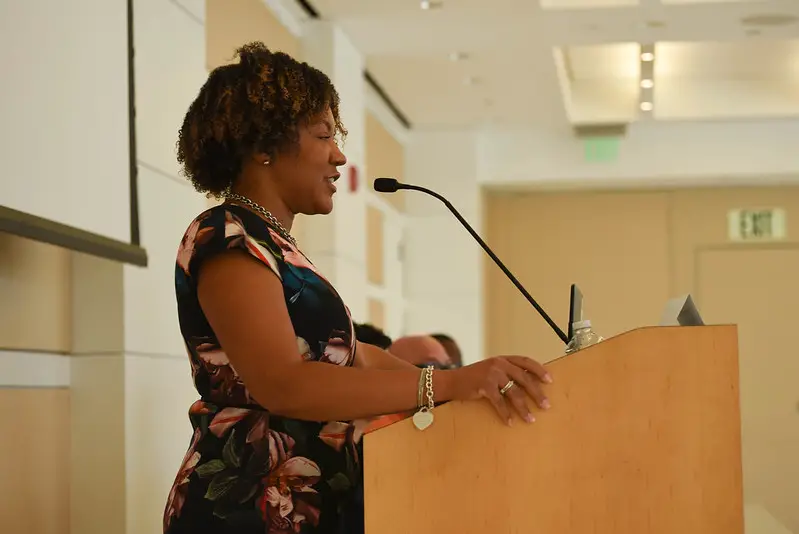
Reacting properly to challenges makes up only one portion of allyship, however, it’s an illustrative one: you have to realize where you stand within white supremacy, and be cognizant of what your constraints are as someone with privilege. No matter what you do, stay away from trying, and being involved in optical allyship, which is an embarrassing action in which white people try to show on a surface level that they aren’t racist. You can see it appearing in an exaggerated post on the Internet, which is done because people use anti-racism with the sole purpose of social capital.
True allyship means accepting that this conversation has nothing to do with you, no matter how you feel – offended, ashamed, or else, it concerns BIPOC. True allyship is to understand BIPOC’s struggles and to see them as yours as well and to support them regardless. The following chapter gives particular methods that you can put into use.
Chapter 7 – Anti-racism takes a whole lifetime, but you must take responsibility to be an advocate of good.
Knowing all this isn’t sufficient by itself. You have to put what you know into practice.
In the first chapter, we talked about how your privileges are eternally going to be with you if you’re white or accepted so by the white. That’s correct yet in the writer’s words, losing privileges is feasible, which involves giving up the luxuries which you own thanks to being a white person yourself within the white supremacy system– cognizant of what you’re doing, try to give up your privilege which you have because you’re white. You’ll see below some methods for this.
At first, you must educate yourself: do readings on anti-racism. Instead of BIPOC giving you all information, dig information by yourself. Next, you must educate other people as well, by letting go of white silence and inform friends, relatives, and co-workers on anti-racism matters. Don’t hesitate to open up the subject – including when you’re with people in superior positions such as teachers or managers at work. If white leaders are allowed to keep white supremacy going by tone policing, tokenism, or else, then you’re involved in white silence.
Moreover, stop at nothing to advocate BIPOC – not by white saviorism, but maybe by more modest actions. Try to sustain BIPOC businesses, for example, and contribute to philanthropic causes. Join in BIPOC demonstrations and marches.
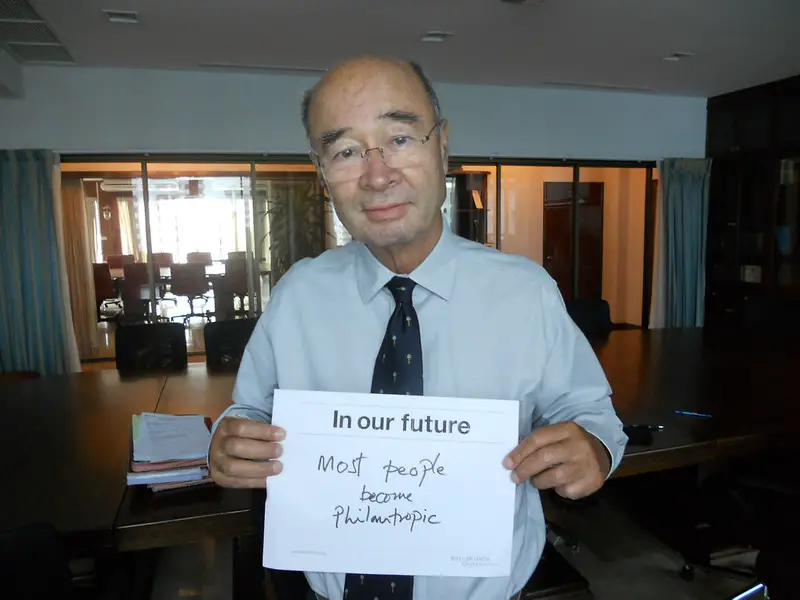
Lastly, don’t think you come first. Taking action is great, but sometimes stepping back a bit and allowing BIPOC to fill the position you’ve been perhaps tightly holding yields much better results, no matter what the circumstances are – at work or even in a discussion. Be aware you’re not the focus, which means you should accept criticism, and continue this work, however exhausting and ungratifying it gets sometimes.
How can you ensure that you stick to all these actions? There is a way of doing, which involves listing all you promised to yourself and also concrete actions you’ll take: who to speak to or call out, where to volunteer, what to donate.
Do you believe you can all by yourself destroy the white supremacist order of which we are part? You can’t and if you think you can, then you’re just deluded by white saviorism. What you can actually do is to make tomorrow better for all, which is, in fact, your duty.
Me and White Supremacy: Combat Racism, Change the World, and Become a Good Ancestor by Layla Saad Book Review
Our world is shaped by white supremacy, and every white person has white privilege, but they might be aware of it or not. Challenged with questions regarding anti-racism, white people may take some faulty actions, such as “color blindness,” tokenism, and white saviorism, winding up bolstering stereotypes about races and white privilege. What they need to do is to work on allyship a lot and to stand up for black, indigenous, and people of color by being a voice for them, instead of damaging them.
Write a diary.
Me and White Supremacy is now online on Instagram, as part of a challenge that’ll 28 days. What you’re supposed to do is to read what Saad posts every day and to write a diary using her encouragements as the basis – pondering profoundly about your experiences with the issues under discussion, ranging from white privilege to tone policing and allyship. To further engage in anti-racism, you should think about writing a diary too, see how your views and experiences on racism and white supremacy change over time.
